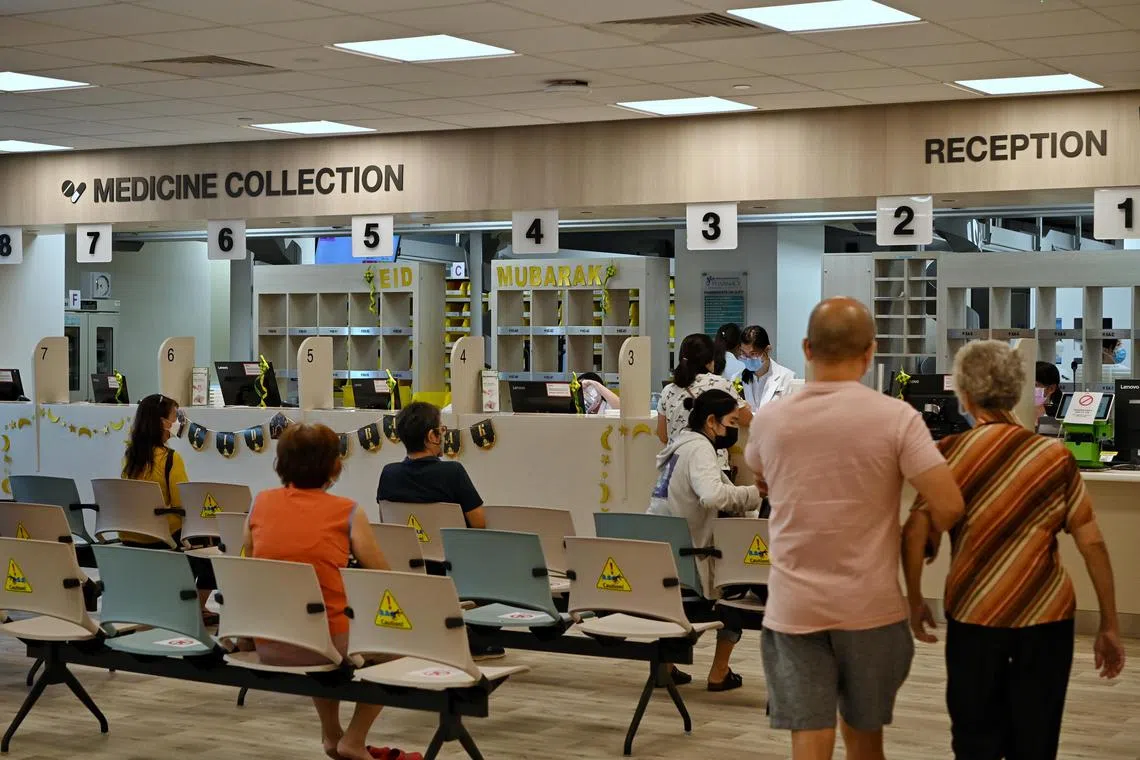Capitation funding model will not compromise medical treatment: Janil Puthucheary
Sign up now: Get ST's newsletters delivered to your inbox

Healthcare providers would naturally prefer to incur a lower cost to keep the patient healthy, said Minister of State for Health Janil Puthucheary.
ST PHOTO: KUA CHEE SIONG
Follow topic:
SINGAPORE – Capitation funding aims to incentivise healthcare providers to place a greater emphasis on preventive care, as this funding model pays them a predetermined amount
Healthcare providers would naturally prefer to incur a lower cost to keep patients healthy than spend more to treat or cure them in hospitals when they are sick, said Senior Minister of State for Health Janil Puthucheary in Parliament on Wednesday.
He said the three healthcare clusters in Singapore transitioned to a capitation funding model in April and that each of the clusters has been assigned a population of about 1.5 million residents.
The funding rates for the clusters will be based on the age bands of their assigned residents, with the rates designed so that there is “a slight increase” year on year.
“As our population gets older, more residents will require higher capitation rates, and the clusters will correspondingly receive higher budgets,” Dr Janil said.
“Different methods of funding for healthcare, be it bundled payments or capitation, if designed and implemented well, will not negatively affect quality of service at hospitals. If wastage and unnecessary procedures can be removed, it will improve the effectiveness of our healthcare workers as well as their well-being, it will reduce the financing burden of healthcare, and can improve the level of service.”
He was answering a question by Mr Yip Hon Weng (Yio Chu Kang) on whether the shift to the capitation model would result in longer waiting times and a compromise in service quality.
Ms Ng Ling Ling (Ang Mo Kio GRC), in a supplementary question, wanted to know if the Ministry of Health (MOH) is monitoring whether clusters, even with operational flexibility, are actually channelling more of their resources towards primary and preventive care.
Dr Janil assured Parliament that his ministry works “very closely with the clusters on a day-to-day basis” and knows whether the measures around funding and governance are resulting in the operational and service delivery changes that the Government is hoping for.
“While the rates are set on the basis of a mean because they are covering a large population base, they do take into account the great variance on an individual basis around disease and disease progression, where some patients will do very well (during) short stays, (with) minimal intervention,” he said.
He added that capitation is a funding mechanism and “does not remove the various other governance mechanisms that are in place across our healthcare system from the professional boards, the licensing boards, the interface with research and academia and the clinical review processes”.
“All of these will continue to review care protocols to make sure the care that’s delivered is entirely appropriate,” he said.


